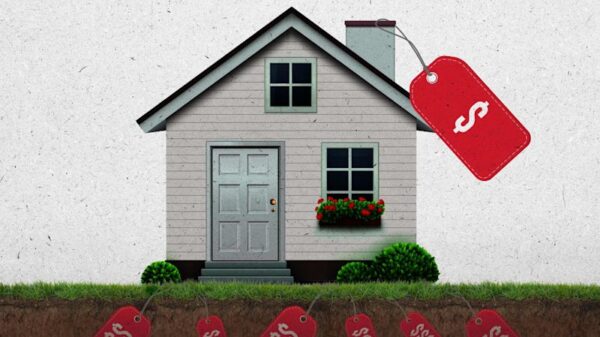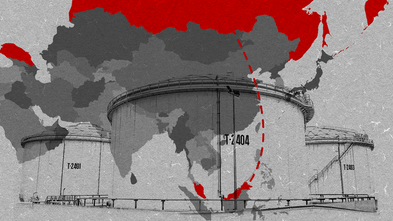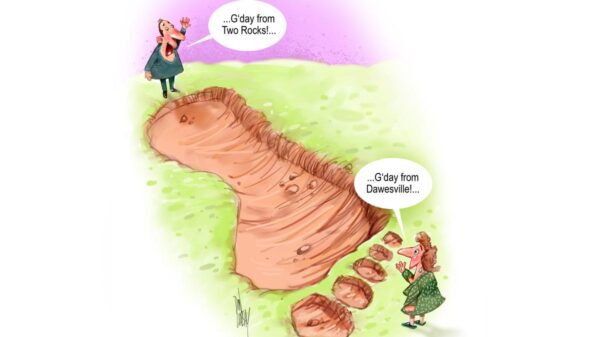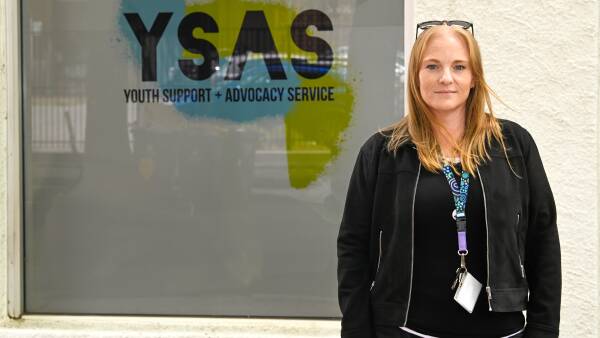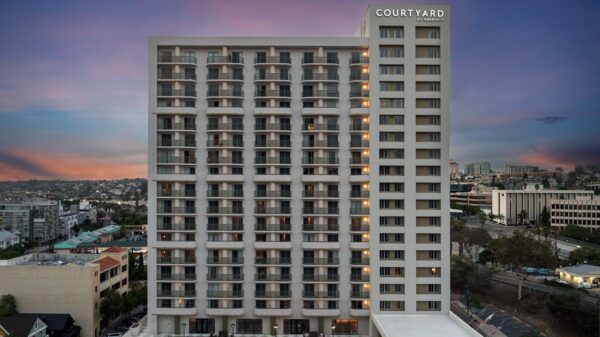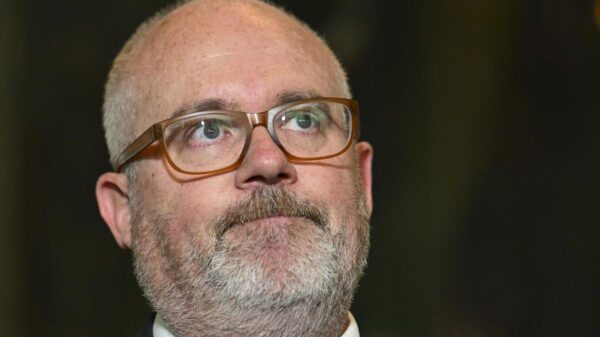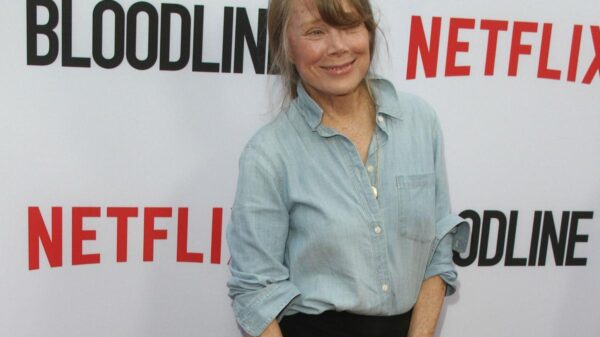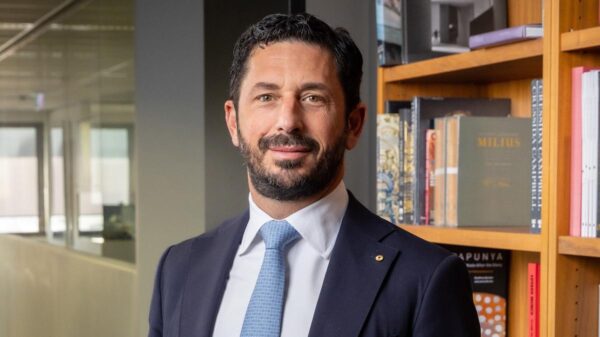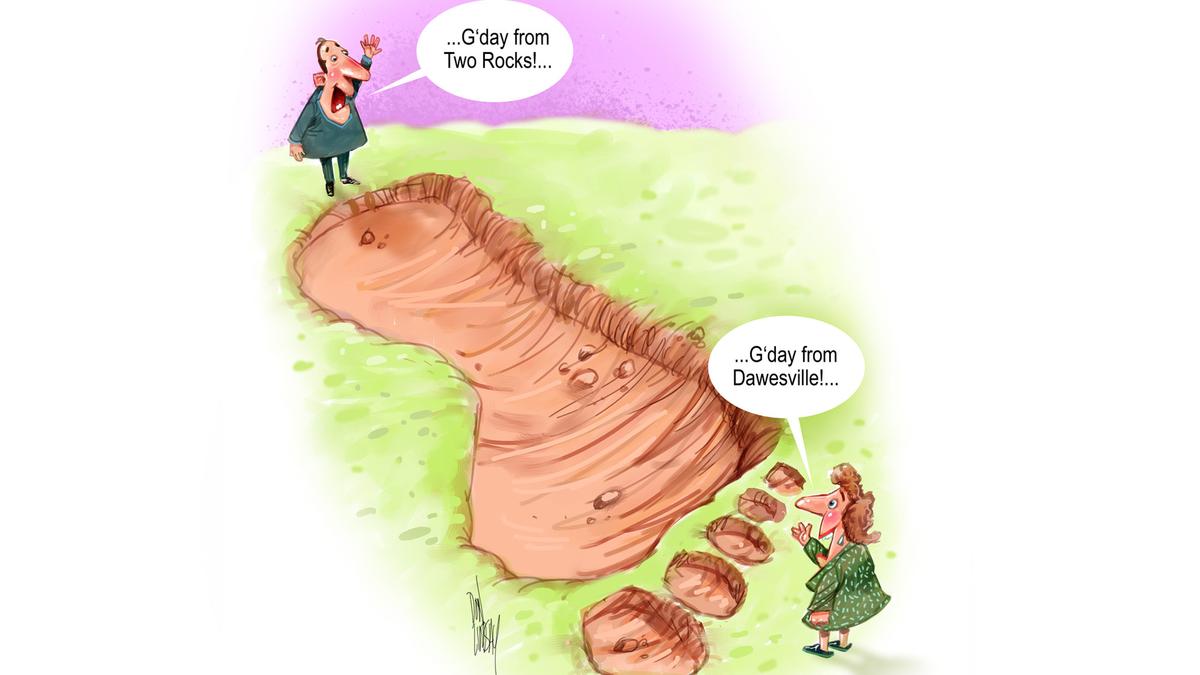URGENT UPDATE: Perth’s future urban landscape is at a critical crossroads, with new research warning of an impending crisis if the city continues its current expansion model. Property expert Gavin Hegney projects that without a shift to high-density living, Perth’s metropolitan boundary could stretch an alarming 27 kilometers north and south, and 6 kilometers east, creating a sprawling city footprint of nearly 200 kilometers along the coast.
This stark scenario highlights the urgent need for Perth to embrace vertical living instead of expanding into green spaces. “The thought of endless suburbia and losing essential green areas is horrifying,” warns Kim Macdonald, property editor. As Perth grapples with its identity, the fight against high-rise developments at ten train stations reflects a growing divide among residents about the city’s future.
In a landscape already burdened by urban sprawl, the implications of Hegney’s findings are profound. With $70 billion worth of projects, including AUKUS and Westport, planned in the South West corridor, now is the time for decisive action. Rockingham is emerging as a potential second city, with local officials seeking approval for residential towers reaching up to 24 stories on the foreshore.
The proposed developments could reshape the region, positioning Rockingham as a key player in the defence sector, similar to Perth’s role in resources. However, the persistent opposition to high-rise projects signals a misunderstanding of the dire consequences of urban sprawl.
Perth is already the longest city in the world, confined by green belts that prevent further outward expansion. To the north, conservation areas like Wilbinga and to the south, Yalgorup National Park, limit urban growth, while the next wave of housing development is expected to occur primarily east of Wanneroo and around Two Rocks.
Critics of high-rise developments argue that ample vacant land exists in the eastern suburbs, currently zoned for rural use. However, significant rezoning would be required to facilitate urban development, and the associated costs could deter potential projects. Curtin University’s Sustainability Policy Institute estimates that each new home built on the urban fringe costs taxpayers an additional $90,000 compared to infill housing.
As Perth confronts these challenges, the discussion around urban planning and sustainability is more urgent than ever. Without a commitment to high-density living and the preservation of green spaces, Perth risks becoming a sprawling metropolis devoid of character and community. The call to action is clear: Perth must build up, not out, for a sustainable and vibrant future.
As developments unfold, all eyes will be on how local authorities respond to this pressing challenge. The stakes are high, and the time to act is now. Share this article to raise awareness about Perth’s critical urban planning crisis.


